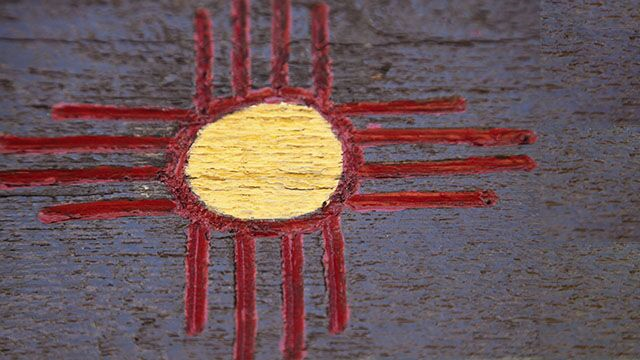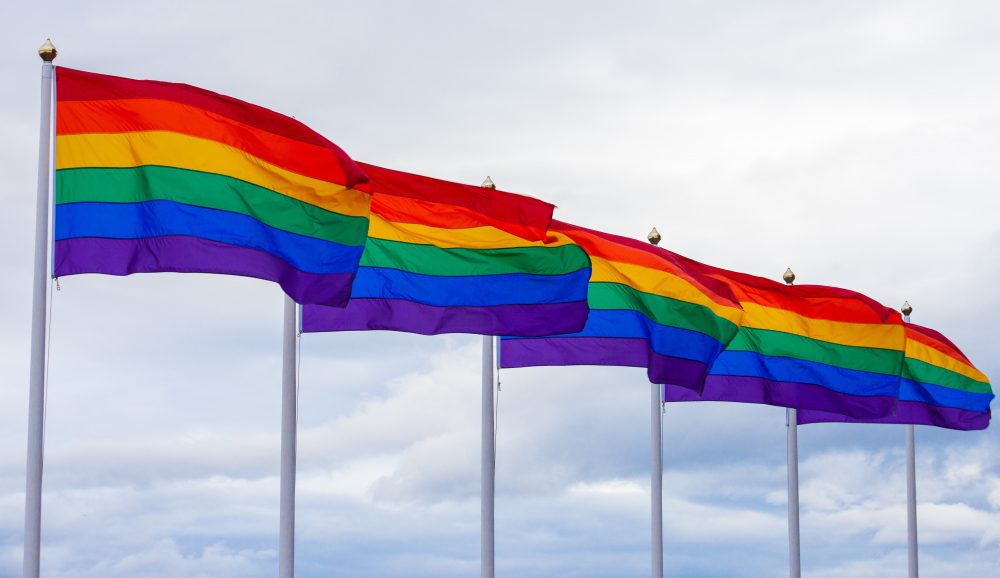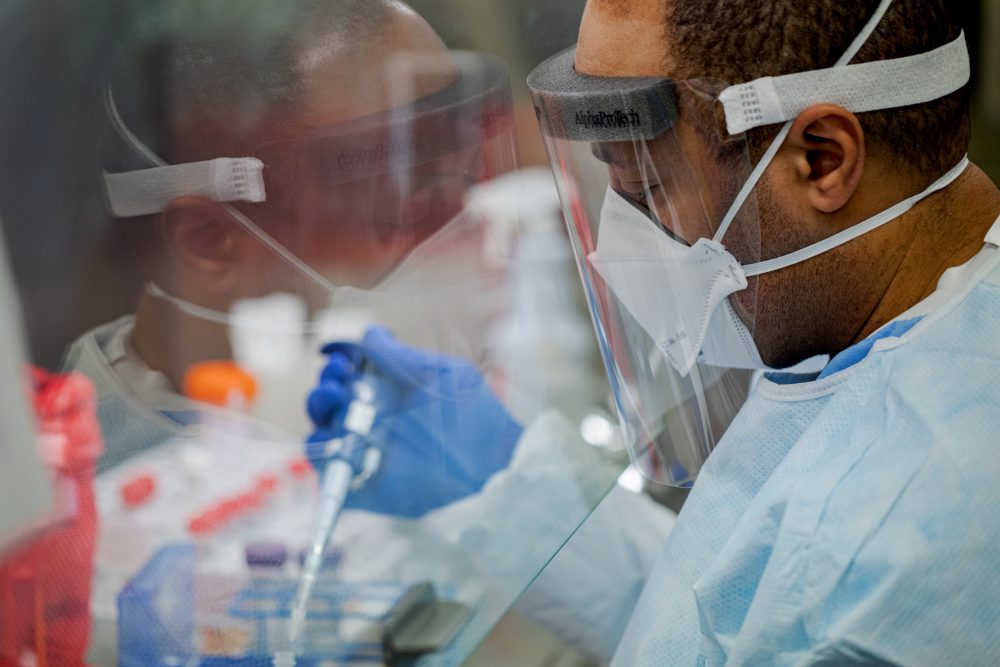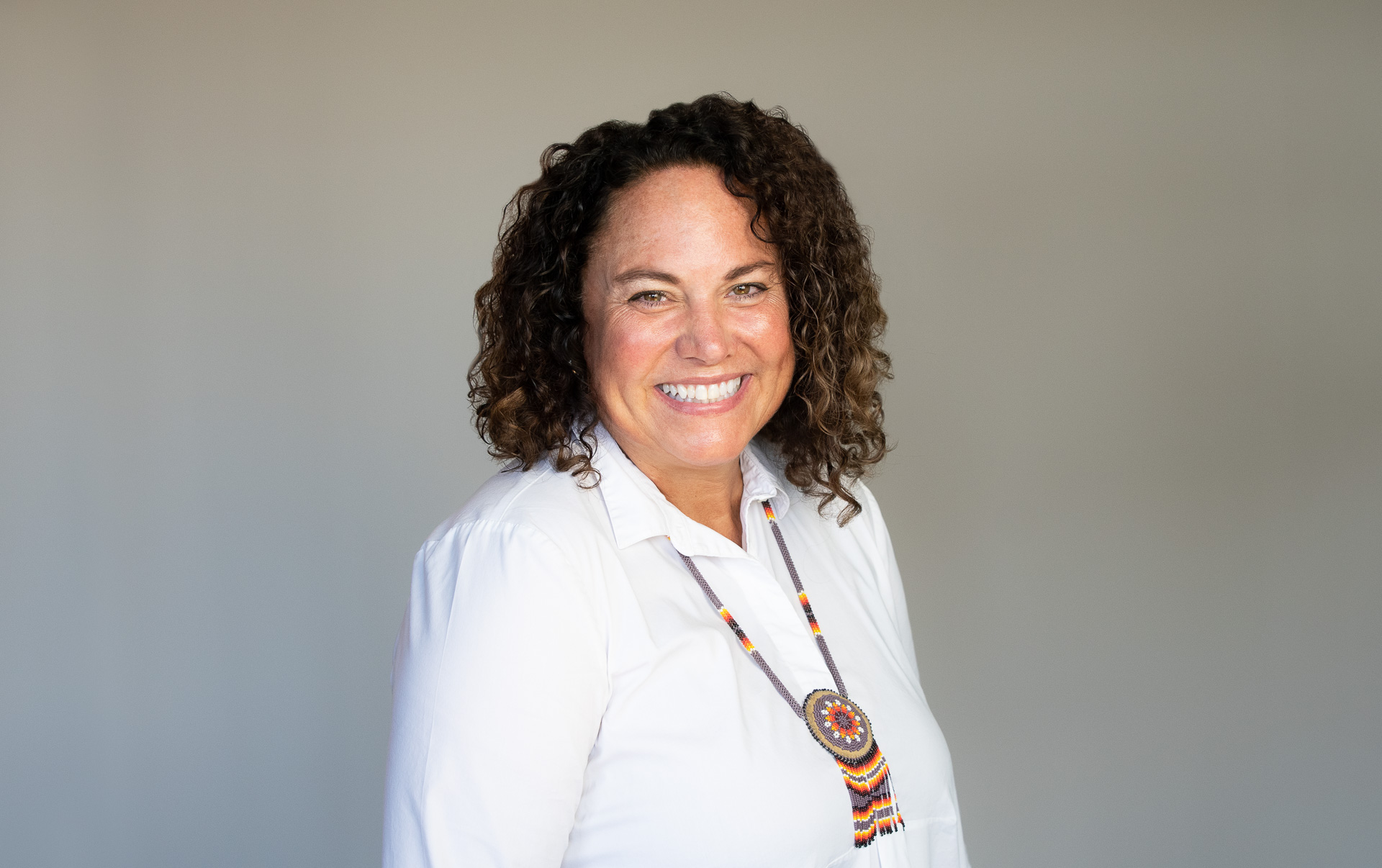Native American Communities and COVID-19: How Foundations Can Help
This blog was originally published on Health Affairs. Buy two weeks of groceries. Work from home. Wash hands with soap and water. Many of the recommendations for preventing the spread of COVID-19 are difficult for vulnerable populations such as American Indians and Alaska Natives (AI/AN), especially those living on Native American reservations. Housing on reservations […]

This blog was originally published on Health Affairs.
Buy two weeks of groceries. Work from home. Wash hands with soap and water. Many of the recommendations for preventing the spread of COVID-19 are difficult for vulnerable populations such as American Indians and Alaska Natives (AI/AN), especially those living on Native American reservations.
Housing on reservations is overcrowded, and nearly half of it can be considered substandard. It is estimated that between 35–40 percent of homes on the Navajo Nation do not have running water, and, according to the report Closing the Water Access Gap in the United States,” 58 out of every 1,000 Native American households lack plumbing. Many AI/AN communities face food insecurity. Indigenous populations have a poverty rate of 25.4 percent, and on some reservations the rate is almost 40 percent.
High-Risk Population For COVID-19
Native Americans have many of the risk factors that put them at higher risk for severe illness from COVID-19. Heart disease, cancer, unintentional injuries, and diabetes are leading causes of death among AI/AN and lead to a life expectancy that is 5.5 years less than that for the US all-races population. Natives are twice as likely as whites to have diabetes. Native people die from diabetes at a rate that is 189 percent higher than that for other Americans. In addition, 28.6 percent of AI/AN under age 65 do not have health insurance.
Health Care Infrastructure
Access to health care is often many miles away (sometimes more than an hour’s drive) and limited transportation on reservations makes it difficult to go to a clinic or hospital.
The outlook for an effective and comprehensive response to the COVID-19 outbreak for this population is bleak. The Indian Health Service (IHS) does not have the medical providers, equipment, or facilities to treat critical patients. The IHS has 71 or fewer ventilators and 33 intensive care unit (ICU) beds at the 24 hospitals it runs. The National Indian Health Board (NIHB) surveyed tribal leaders, providers, and partners to assess tribal needs and resources. About half of respondents reported that the federal government or state reached out with information about COVID-19. Many respondents reported a shortage of personal protective equipment and hygiene products, several anticipated challenges to maintain adequate health care staffing, and some predicted the inability to isolate people who test positive for that virus. As of March 29, 2020, 165 Natives had tested positive for 2019 Novel Coronavirus, including 110 on the Navajo Nation.
How Foundations Can Help
Tribes expect that whatever help that is coming from the federal government will be slow to reach Indian Country and, with the many layers of bureaucracy, there may be little in the way of real assistance. Foundations can partner with organizations that have both the capacity and the ability (the infrastructure, cultural know-how, and access) to help nationally, regionally and locally.
The Center for Disaster Philanthropy (CDP) has a COVID-19 Response Fund and has published recommendations concerning critical needs—particularly among vulnerable populations—such as personal protective equipment and medical equipment; getting necessities to quarantined and socially isolated individuals; access to medical care; and continued care of pre-existing illnesses.
Indian Country Opportunities:
- The Decolonizing Wealth Project, Native Americans in Philanthropy, and the National Urban Indian Family Coalition launched the Native American Community Response Fund (COVID-19) to focus on needs of urban Indians.
- Grants to certain national organizations with regional and local “arms” will impact rural regions and Native communities. For instance, Feeding America and Meals on Wheels America can help meet immediate needs of Elders and others with food insecurity.
- The National Indian Health Board is a membership organization providing advocacy, policy work, communications, Indian health research, and technical assistance to Area Health Boards. Each Area Health Board serves a group or region of tribes and the related IHS facilities and services.
- Some tribal hospitals and/or clinics are self-governed through Public Law 93-638 and are 501(c)(3) organizations run by the tribes. Navajo Nation: Fort Defiance Indian Hospital/Tsehootsooi Medical Center, Winslow Indian Health Care Center, Inc., Tuba City Regional Health Care Corporation, Sage Memorial Hospital and Utah Navajo Health System, Inc. Alaska: Alaska Native Tribal Health Consortium; Alaska Native Medical Center and Southcentral Foundation.
- Some community health centers are located on or near reservations and serve a large Native population. Statewide, multistate or regional associations of community health centers serve their member organizations to support their respective missions. For example, the Community HealthCare Association of the Dakotas provides clinical, human resources, finance, advocacy, and group purchasing support to 62 care delivery sites in 51 communities in North Dakota and South Dakota.
- Partnership with Native Americans serves 27 tribes of the Northern Plains and 40 tribes in the Southwest across 11 states with disaster relief, provision of food and water, firewood, coal and winter fuel for Elders. They have completed the first delivery of essential food and supplies to Elders in the Northern Cheyenne Tribe, in Montana and the Elders of the Crow Creek Tribe, in South Dakota. Many tribes have requested assistance for their Elders.
- Many community foundations are developing their own response funds. See a list here of community foundations.
- Funders may also choose to support rural regional health care centers that serve a high number of patients transferred there by the IHS.
Additional Resources
- RHI Hub: Rural response to Coronavirus
- Council on Foundations: External Resources for Responding to COVID-19
- Center for Disaster Philanthropy: COVID-19 Coronavirus (click on or scroll down to “Learn More”)
- Center for Disaster Philanthropy: Basic Tips for Disaster Giving
Even when we are not in the midst of a pandemic, life for many Natives is difficult, and access to good care is limited. The problems are only amplified at this time. Action is needed now to support these communities.
More like this

For equitable recovery from COVID-19, we can’t leave LGBTQ+ people behind

